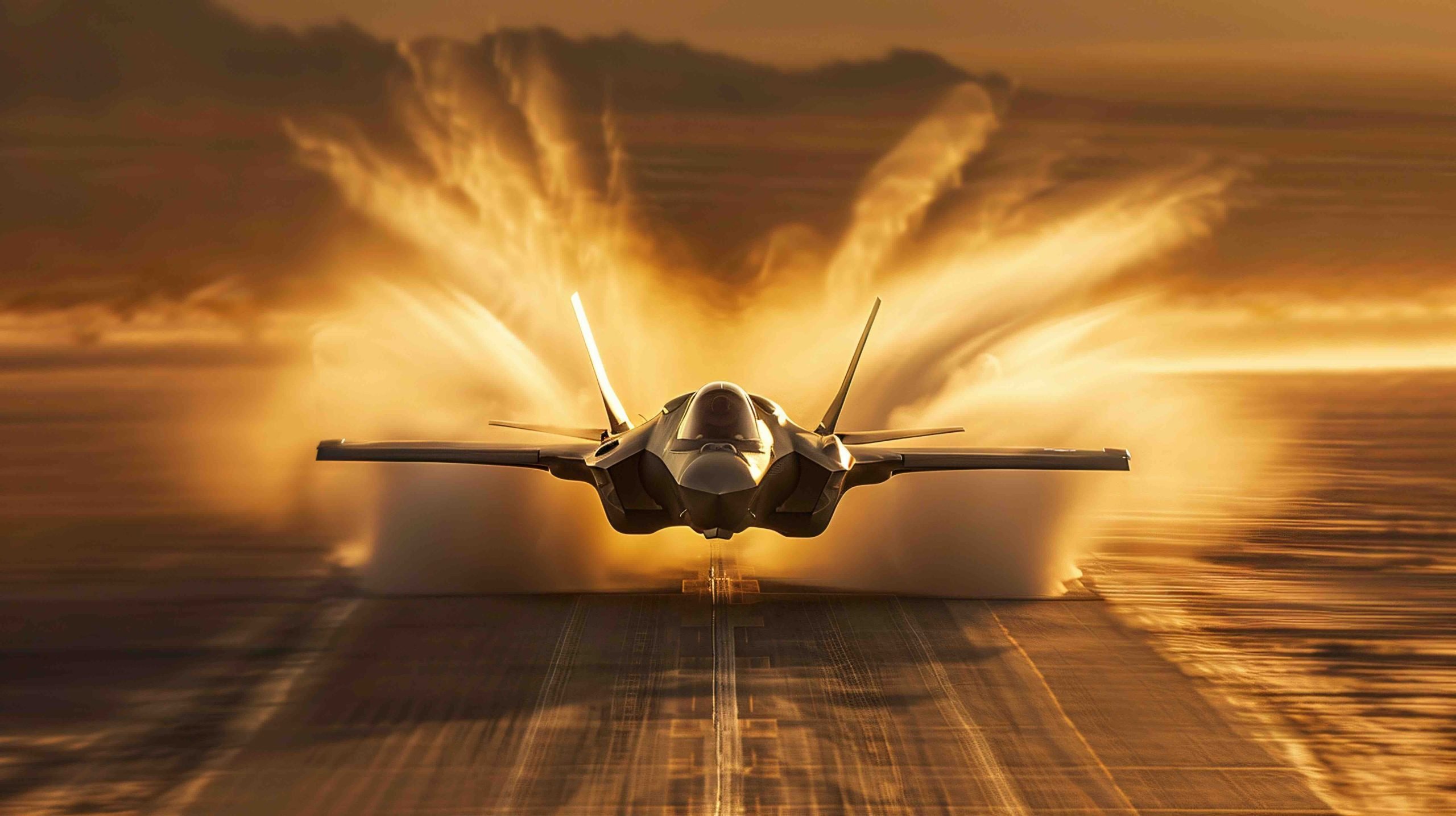Potential new developments in China’s military aviation have been unveiled with the possible induction of the Y-20B cargo aircraft into the People’s Liberation Army Air Force (PLAAF). This upgrade to the Y-20 series could signal a significant leap forward in China’s transportation and military capabilities.
Satellite images captured on November 29 reveal the presence of both Y-20B and Y-20A aircraft at the Kaifeng Air Base. This base serves the 37th Air Regiment under the PLA’s Central Theatre Command. Although there has been no official announcement, military analysts assert this could indicate the Y-20B’s operational status.
The Y-20B Difference
The Y-20B distinguishes itself with its Chinese-developed WS-20 engine, boasting about 31,000 pounds of thrust compared to its predecessor’s 26,450 pounds. This provides greater fuel efficiency, range, and refueling capabilities, potentially extending China’s operational reach beyond the first island chain—key areas in China’s strategic defense.
Despite circulating social media images and discussions by enthusiasts and experts, official confirmation remains absent. Chinese military aviation specialists note a peculiar “white paint circular spot,” hinting at the Y-20B’s unique identity.
Beyond Cargo Transport
Speculation surrounds the Y-20B’s versatility, envisioning its potential roles beyond transport. Considered as a possible Multi-Role Tanker Transport (MRTT), this could dramatically enhance China’s strategic air operations. Analysts suggest that if all Y-20Bs are MRTT-capable, they could bolster air refueling for longer missions and reinforce China’s air force projection capabilities.
This latest development aligns with China’s broader push for modernization and indigenization of its military assets, hinting at the Y-20B’s promise in international military aviation markets.
Y-20B Aircraft Breakthrough: A Game-Changer in China’s Military Aviation
In a significant move towards the modernization of China’s military aviation, the country appears on the brink of operationalizing the Y-20B cargo aircraft. This development, though yet unconfirmed officially, could transform China’s strategic capabilities and alter the dynamics of military aviation on a global scale.
Y-20B Aircraft: A Noteworthy Leap
The Y-20B stands out primarily due to its powerful domestically produced WS-20 engines. These engines deliver approximately 31,000 pounds of thrust, a substantial upgrade from the 26,450 pounds of the older Y-20A variant. This not only enhances fuel efficiency and range but also augments the aircraft’s refueling capabilities, thus extending China’s military reach significantly.
Features and Innovations
The new Y-20B could redefine the landscape of military transport and air operations with its advanced features:
– Improved Thrust: The WS-20 engines provide exceptional power, crucial for expansive missions across the Asia-Pacific region.
– Enhanced Fuel Efficiency: This is likely to reduce operational costs and increase flight durations, allowing for expansive reconnaissance and transport missions.
Potential Use Cases and Strategic Roles
The Y-20B’s capabilities aren’t confined to cargo transport alone. Speculations are rife regarding its use as a Multi-Role Tanker Transport (MRTT). If true, such a transformation could furnish China with unprecedented air refueling efficiencies, supporting extended air missions and fortifying its strategic military presence.
Market Insights and Trends
This strategic enhancement aligns with China’s broader military modernization goals. The Y-20B could position China as a formidable force in the international military aviation market, generating interest from countries seeking advanced transport and refueling solutions.
Implications for Future Trajectories
The operational induction of the Y-20B might presage further advancements in China’s military aviation capability. It signals a shift towards self-reliance through the indigenization of technology, potentially reshaping global military equipment markets.
Though these insights largely emerge from satellite imagery and expert analysis, the potential impact of the Y-20B could be substantial. As the world watches this unfolding development, the aircraft’s full operational deployment remains highly anticipated, promising to be a focal point in the evolution of China’s air force capabilities.

















